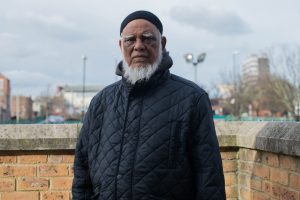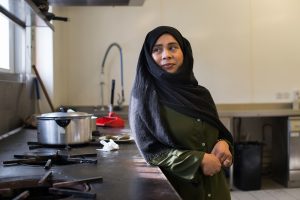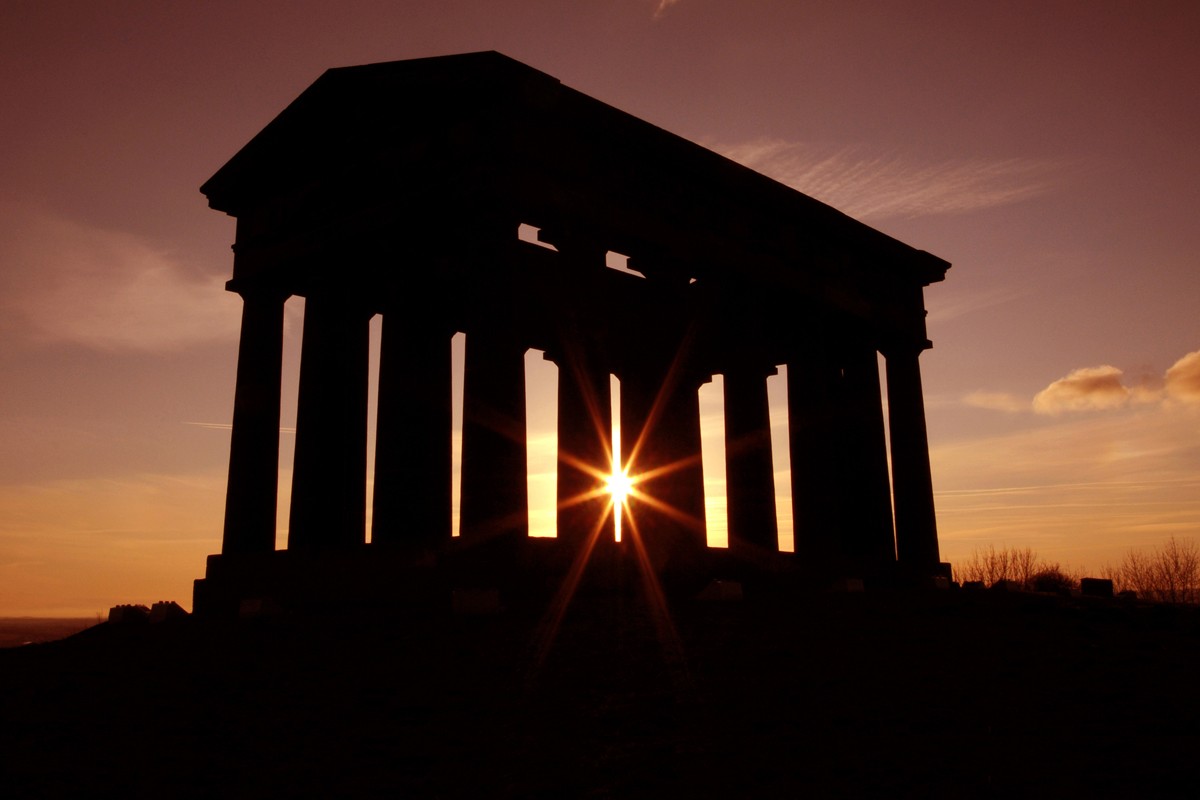Through oral histories of Sunderland’s Bangladeshi community, Our Roots, Our Journey, Our City tells the story of the community’s beginnings in Bangladesh, how they came to the UK, why they chose to settle in Sunderland, and their experiences along the way. Funded by the Heritage Lottery Fund, the project aims to create an inter-generational understanding of the community’s roots, culture and history, while also providing the wider population of Sunderland with an opportunity to learn more about the community.
Sunderland’s Bangladeshi community is the largest Black and Minority Ethnic group in the city. Yet its story remains largely untold. Between 2015 and 2016, the Our Roots, Our Journey, Our City project has documented the history of the community through oral history interviews. The interviews included elder members of the Bangladeshi community, along with younger people and those from outside the community who worked with them in the early days of their arrival. What the stories reveal is a diverse array of experiences, perspectives and opinions. However, though they are diverse, they help explain a community that has been determined to succeed in the face of many challenges, and a community that shares a strong communal bond with Sunderland. The Bangladeshi community has played a great role in Sunderland’s contemporary culture, and this project helps reveal its place in Sunderland’s history.
Sunderland’s diversity has greatly contributed to the richness of its culture. The Bangladeshi community is Sunderland’s largest Black and Minority Ethnic community and provided the foundations for the multicultural city Sunderland is today. The presence of Indian restaurants on streets across Sunderland, and the mouth-watering scents that come with them, are the result of six decades’ hard work by Bangladeshis in Sunderland. Within the community itself are various less visible, but no less interesting, cultural aspects. They often reside primarily in people’s memories, such as the game of Kobaddi and the tradition of the Puthi Pora. Yet efforts are currently being made to revitalise these traditions. Sunderland as the City of Culture 2021 would be a fantastic way of celebrating the richness and diversity of its culture, and the community member’s often untold stories.

The vast majority of Sunderland’s Bangladeshi community trace their roots to the village of Syedpur. According to one Sunderland resident, Abdur Rouf, the people of Syedpur are descendants of a pious Muslim saint, who settled in the region 750 years ago. Taking his name, the majority of people from Syedpur are named Syed. This name can be traced back to Hasan Ibn Ali and Husayn Ibn Ali, sons of the Prophet’s daughter Fatimah. Therefore, the people of Syedpur claim direct descent from the Prophet Mohammed. People’s experiences of life in Syedpur are in stark contrast to their current lives in Sunderland. Bangladesh is a lowland country, and during its rainy season, swathes of the country are flooded. A common experience is that while during the dry season people walked to school, when the rains came, they would have to go via a rowing boat. Syed Khalid Miah Olid remembers the school children would place all their books in plastic bags. This was because on their return journey, they would splash each other with water, sometimes sinking the boats, but they didn’t want their books getting wet!
Most people’s families lived self-sufficiently, growing their own rice and vegetables, and raising livestock. They then lived off their produce. However, during the 1950s and 60s, some fathers began working in the British shipping industry. Through this, opportunities to move to the UK opened up. Further opportunities arose when Queen Elizabeth II visited Bangladesh in 1961, and an offer was given to members of the commonwealth to come to the UK, in order to fill a labour shortage.
 Others found their way to the UK in more unusual ways. Syed Jamal Miah remembers his cousin who worked on ships during World War Two. His ship was torpedoed and sunk. Everyone on-board was killed apart from him. For 13 days, he was cast adrift on a plank of wood. Eventually, he was found unconscious off the coast of America, and given medical attention. After recovering, he made his way to the UK, where he eventually made contact with his cousin Jamal.
Others found their way to the UK in more unusual ways. Syed Jamal Miah remembers his cousin who worked on ships during World War Two. His ship was torpedoed and sunk. Everyone on-board was killed apart from him. For 13 days, he was cast adrift on a plank of wood. Eventually, he was found unconscious off the coast of America, and given medical attention. After recovering, he made his way to the UK, where he eventually made contact with his cousin Jamal.
Bangladeshis largely worked in the midlands’ manufacturing industries, as these industries closed during the 60s and 70s, they began looking for places to open businesses where the living costs were low. Sunderland was one of the chosen destinations. Komol Ali Miah and Mohammed Abdul Motin Miah were two of the first people to arrive in the 1960s. They opened up the Delhi Durbar, Sunderland’s first Indian restaurant. This paved the way for many more restaurants and takeaways in Sunderland. Through their work, they pioneered the Indian takeaway and restaurant trade that has since become popular throughout the UK. With Robin Cook declaring the Chicken Tikka Masala Britain’s national dish in 2001, Sunderland’s Bangladeshi community have played a central role in Britain’s culture and cuisine.
Luke Armstrong
The exhibition at Sunderland Winter Gardens is on now until November 5th. It will be open 10am to 5pm Monday to Friday and Sunday 2pm to 5pm, and is free to view.
Find out more on their website: www.ourrootsjourneycity.com



